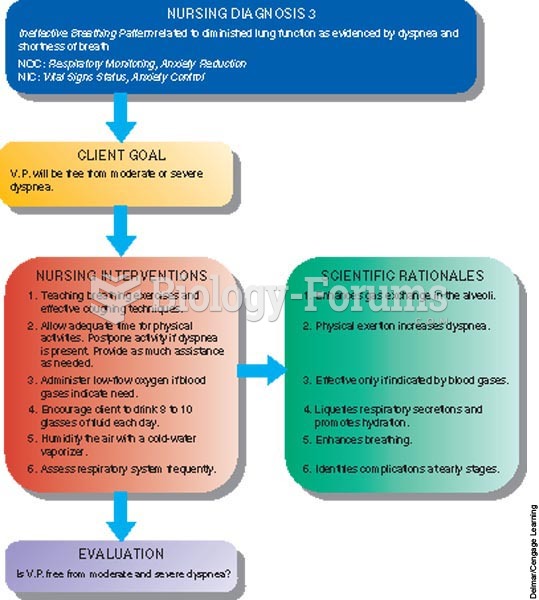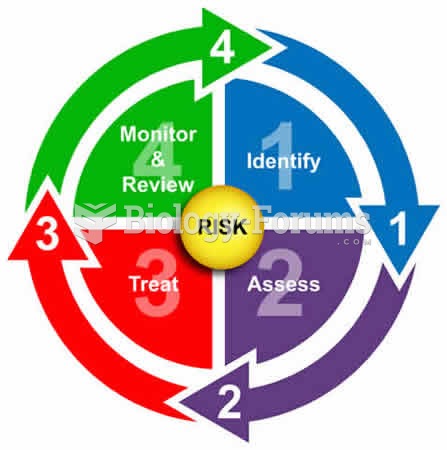This topic contains a solution. Click here to go to the answer
|
|
|
Did you know?
Eating food that has been cooked with poppy seeds may cause you to fail a drug screening test, because the seeds contain enough opiate alkaloids to register as a positive.
Did you know?
If all the neurons in the human body were lined up, they would stretch more than 600 miles.
Did you know?
In ancient Rome, many of the richer people in the population had lead-induced gout. The reason for this is unclear. Lead poisoning has also been linked to madness.
Did you know?
Medication errors are more common among seriously ill patients than with those with minor conditions.
Did you know?
Cytomegalovirus affects nearly the same amount of newborns every year as Down syndrome.







